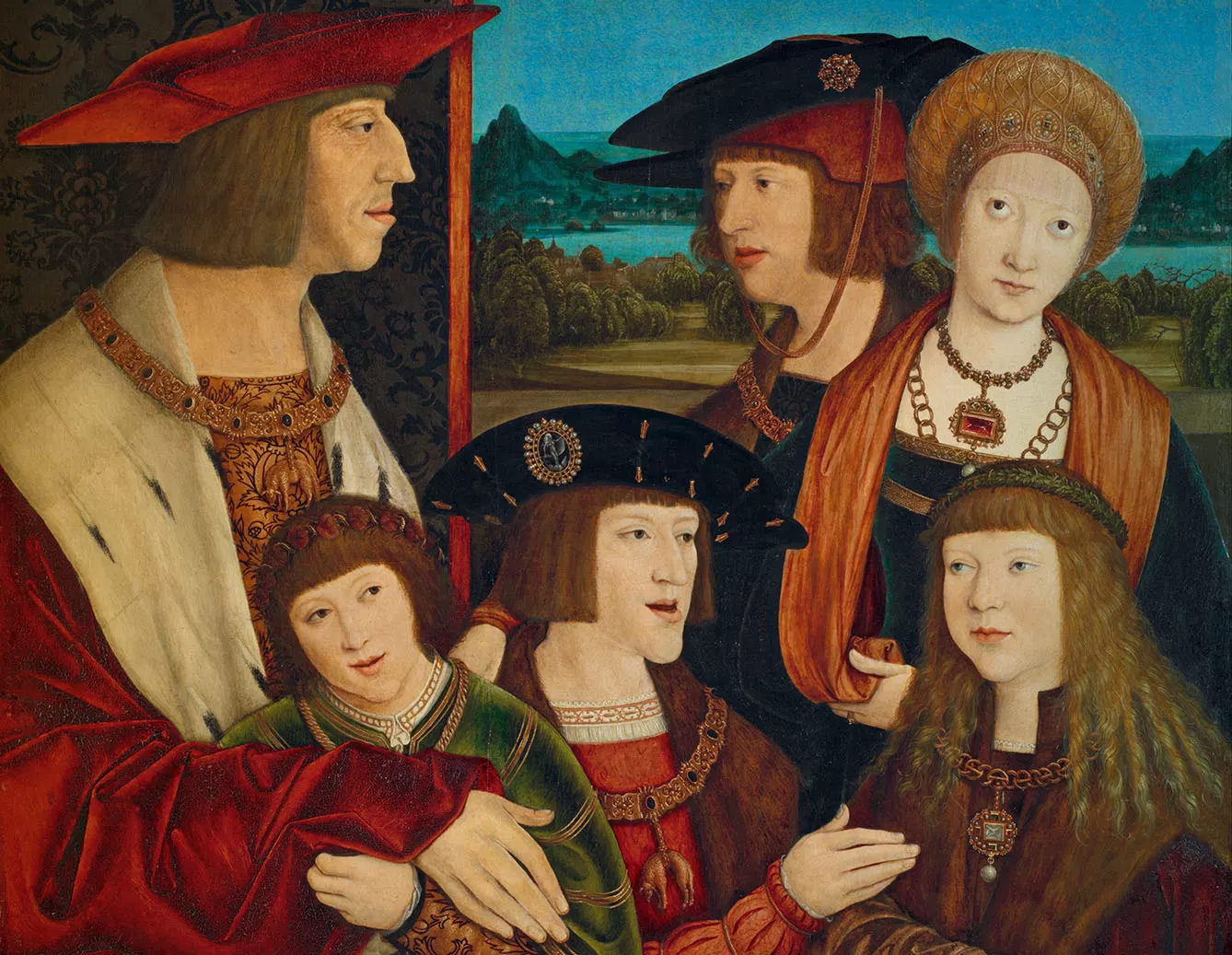A foreign tourist in Central Europe (or a keen reader of 3seaseurope.com) may sometimes wonder why so many cultural features of so many Central European countries share a Germanic background. Why Austrian-invented sugar cubes and Austrian Thonet chairs were produced in Czechia, and why would the post-delivery between Cracow and Lviv be made by Austrian postmen by air? The answer is simple yet important.
One more Austrian top export product conquered the world, this time not figuratively but literally: monarchs. Austria belonged to the Habsburg Empire, but there were many more countries with members of the Habsburg dynasty sitting on their thrones. And the Empire itself was at some point one of the largest countries in the world.
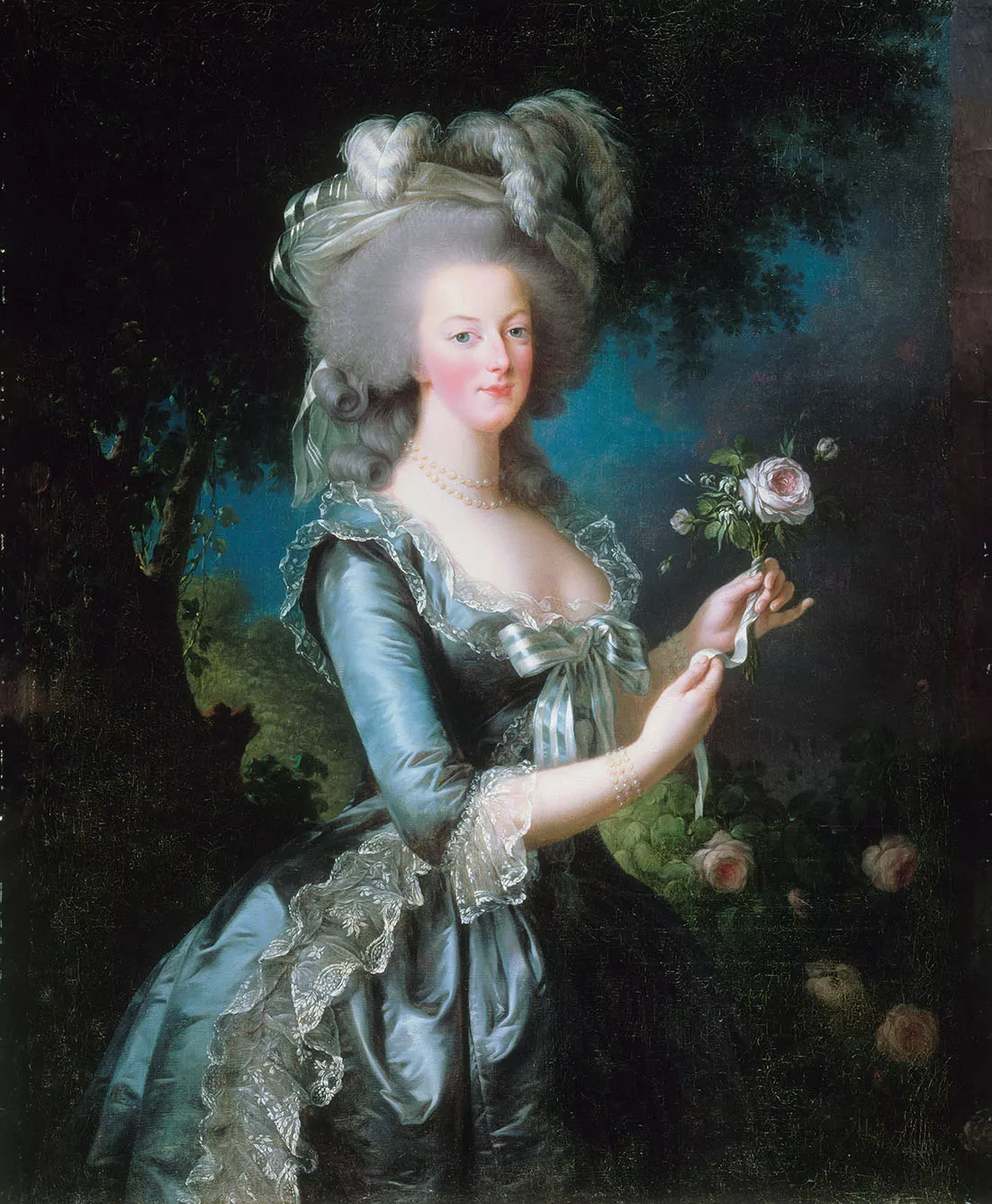
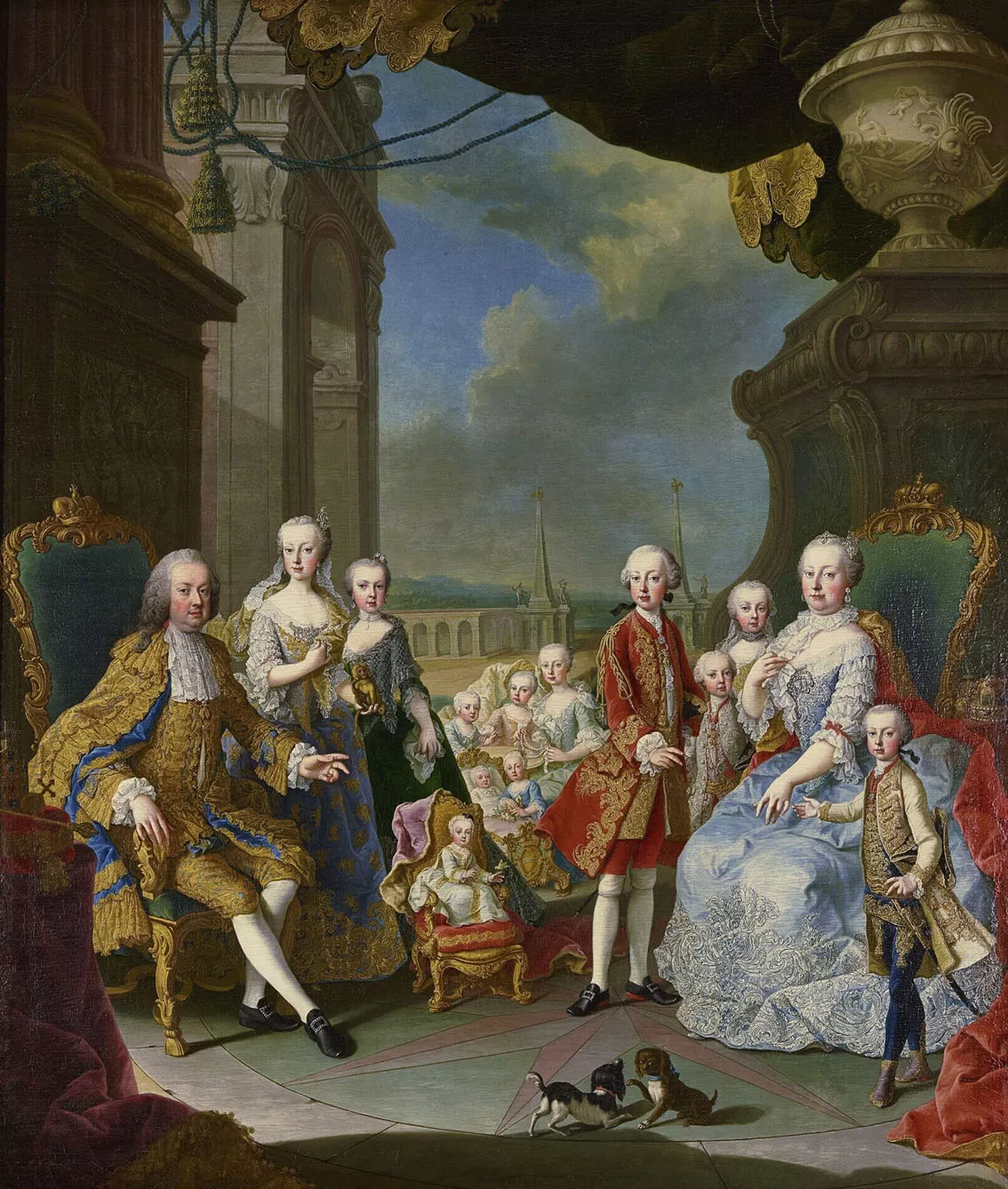
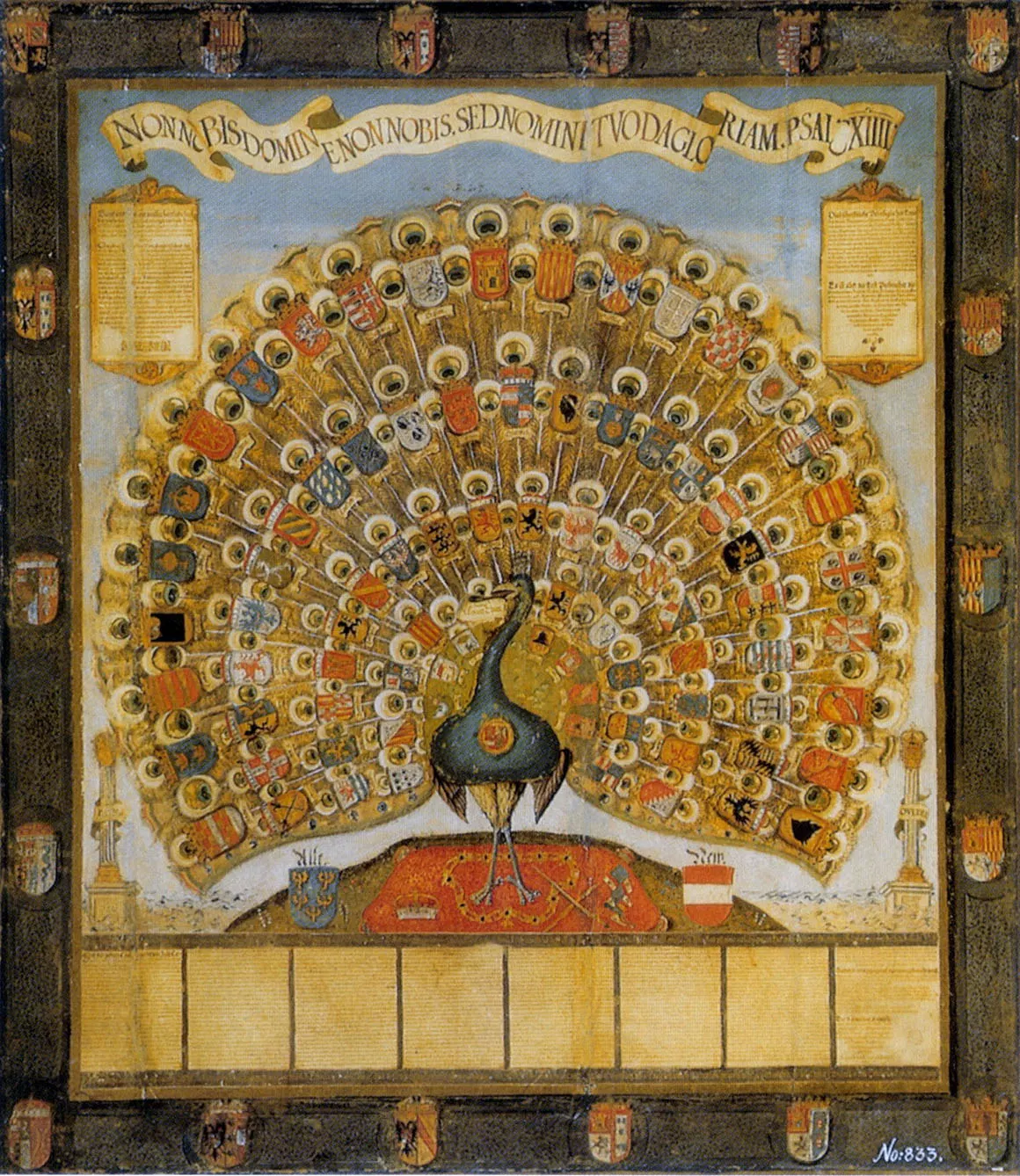
How the House of Habsburg came into being
German-speaking Catholic Austria of today, the epitome of European civilization famous for artists, composers, scientists, and architects, had very humble origins as a part of the Holy Roman Empire. In the late 13th century Rudolf the First was the first Habsburg to become its ruler. From this moment onwards, the dynasty was established and tied to the Austrian land.
Between the 15th century and the Napoleonic times of the early 19th century, it was mainly the Archduke of Austria who was the Holy Roman Emperor. And it was only the emergence of Prussia in the 19th century that eventually unified what came to be called Germany under Prussian command. But the Habsburg Empire thrived until after the First World War, when peace treaties led to the establishment of several nation-states in its stead – with contemporary Austria among them.
In the course of wars, alliances, and so-called dynasty politics (i.e., mostly marriages), the Austrian Empire consisted of four cornerstones: the Hereditary Lands, the Bohemian Crown, the Kingdom of Hungary, and the Kingdom of Croatia. Do those names sound familiar? That’s right: these are the countries you know today.
For instance: the Hereditary Lands consisted not only of Austria but also parts of Italy and Germany. Bohemia (Czech) and Moravia included parts of today’s Slovakia and Silesia, while Hungary spanned all the way to Romania. The word “Croatia” is also not to be taken literally, as it extended to many Balkan countries. And after the Partition of the Commonwealth of Poland (as the term “partition of Poland” is, in this case, an oversimplification), parts of current Poland and Ukraine were under Austrian rule.
Maps are not everything
And we are still discussing the Austrian influence merely in geographical terms. There is still the whole map of the Habsburg reign to be taken into account! Apart from playing the role of German Supreme Holy Roman Emperors, a line of Spanish Habsburgs emerged in the 16th century. At different points in history, their power spread to Portugal and also to the Netherlands, Sicily, and Southern Italy. And although France was the only country to escape Habsburg rule, we have to remember that the (in)famous Marie Antoinette – the cake prescriber – beheaded during the French Revolution, was the daughter of Empress Maria Theresa and Emperor Francis I of Austria.
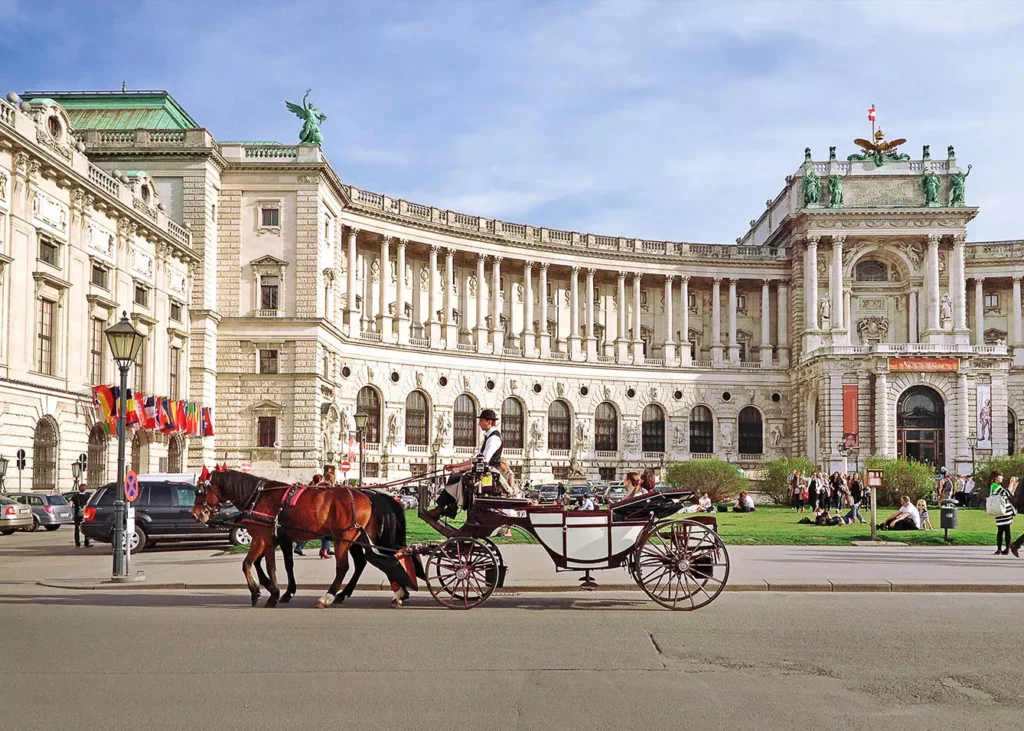
With Vienna’s Hofburg and Prague Castle as formal seats, the Habsburgs ruled in most countries in Europe. Their language skills combined – they spoke most languages and belonged to different religious denominations. Their dynasty was also famous for debilitating diseases resulting from inbreeding. The Habsburgs met their demise during the political turmoil of the early 20th century, which gave rise to nation-states. Still, the remnants of their governments can be easily found across Europe. Especially in Central Europe, which is near their former home.
Check out our article: “The Bloody History of a Czech Invention: The Sugar Cube“


